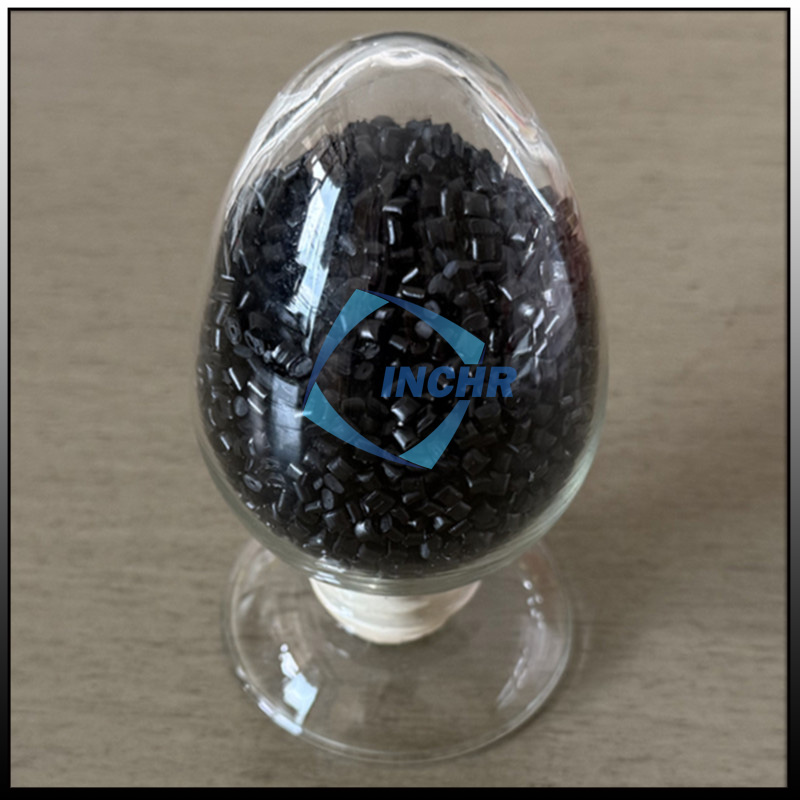Conductive ABS compounds have a certain degree of corrosion resistance to common chemical substances in normal use environments, but in some highly corrosive environments, we need to be evaluated according to the specific application environment. The chemical corrosion resistance of conductive ABS compounds is at a medium level.
The main chemical substances that conductive ABS compounds are resistant to
- Resistance to acids and alkalis: Conductive ABS has a certain tolerance to dilute acids and alkalis. For example, in low concentrations of hydrochloric acid, sulfuric acid, sodium hydroxide, and other solutions, it can maintain good stability and will not cause obvious corrosion in a short time. However, when facing strong acids (such as concentrated sulfuric acid and concentrated nitric acid) or strong alkalis (such as concentrated sodium hydroxide), conductive ABS will be severely corroded, and the material may swell, discolor, and lose strength.
- Resistance to organic solvents: For some common organic solvents, such as alcohol and gasoline, conductive ABS has a certain tolerance in the case of short-term contact. However, if immersed in these organic solvents for a long time, the material may gradually dissolve or swell, thereby affecting its performance. For some highly polar or special chemical organic solvents, such as carbon tetrachloride and glacial acetic acid, conductive ABS has poor tolerance and is prone to chemical reactions or severe corrosion.
- Resistance to other chemicals: Conductive ABS compounds have resistance to most salt substances, such as sodium chloride and calcium chloride, and will not be corroded by salts in general environments. For highly oxidizing substances, such as hydrogen peroxide and potassium permanganate, conductive ABS has weak corrosion resistance and is easily oxidized, resulting in a decrease in material performance.

Methods to improve the chemical resistance of conductive ABS compounds
Selection of ABS resin grades and formulation optimization:
- Selecting suitable ABS base resins: ABS resins produced by different manufacturers will have certain differences in performance. ABS resins with stable molecular structures and low impurity content are preferred, as such resins have a relatively good chemical resistance foundation. For example, some ABS resins prepared using advanced production processes have more regular molecular chain structures and are more resistant to chemicals.
- Adding chemical resistance additives: Adding additives such as anti-corrosion agents and stabilizers to conductive ABS compounds. These additives can interact with ABS resins and conductive fillers to form a protective film on the surface or inside of the material to block the erosion of chemical substances. For example, stabilizers containing elements such as phosphorus and sulfur can react with chemically corrosive substances to reduce damage to the main body of the material.
Blending modification:
- Blending with polymers with good chemical resistance: Blending ABS with polymers with excellent chemical resistance improves the overall chemical resistance using the synergistic effect of the blend. For example, when blended with polyphenylene sulfide (PPS), PPS has good chemical corrosion resistance and can resist the erosion of chemicals such as acids, alkalis, olefins, ketones, alcohols, esters, etc. When blended with ABS, a protective layer can be formed on the ABS surface to improve the chemical resistance of the conductive ABS compound.
- Adding elastomer blending: Adding an appropriate amount of elastomers, such as nitrile rubber (NBR), thermoplastic polyurethane (TPU), etc., can improve the toughness and impact resistance of the material. At the same time, the presence of elastomers can block the penetration of chemicals to a certain extent and enhance the chemical resistance of the material. However, the amount of elastomer added needs to be controlled within an appropriate range to avoid affecting the conductive properties and other main properties of the material.




